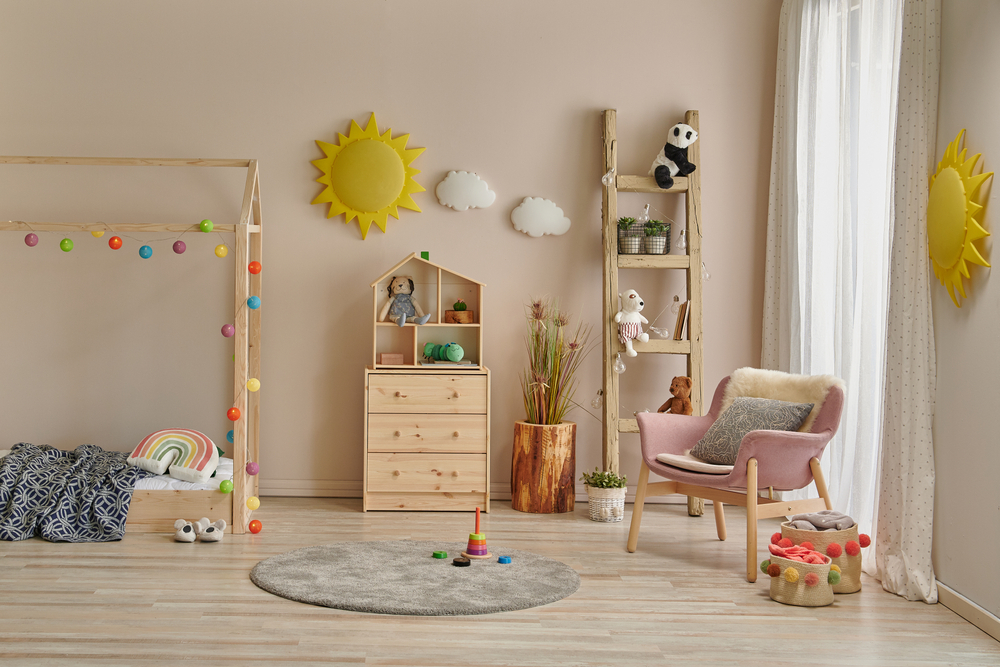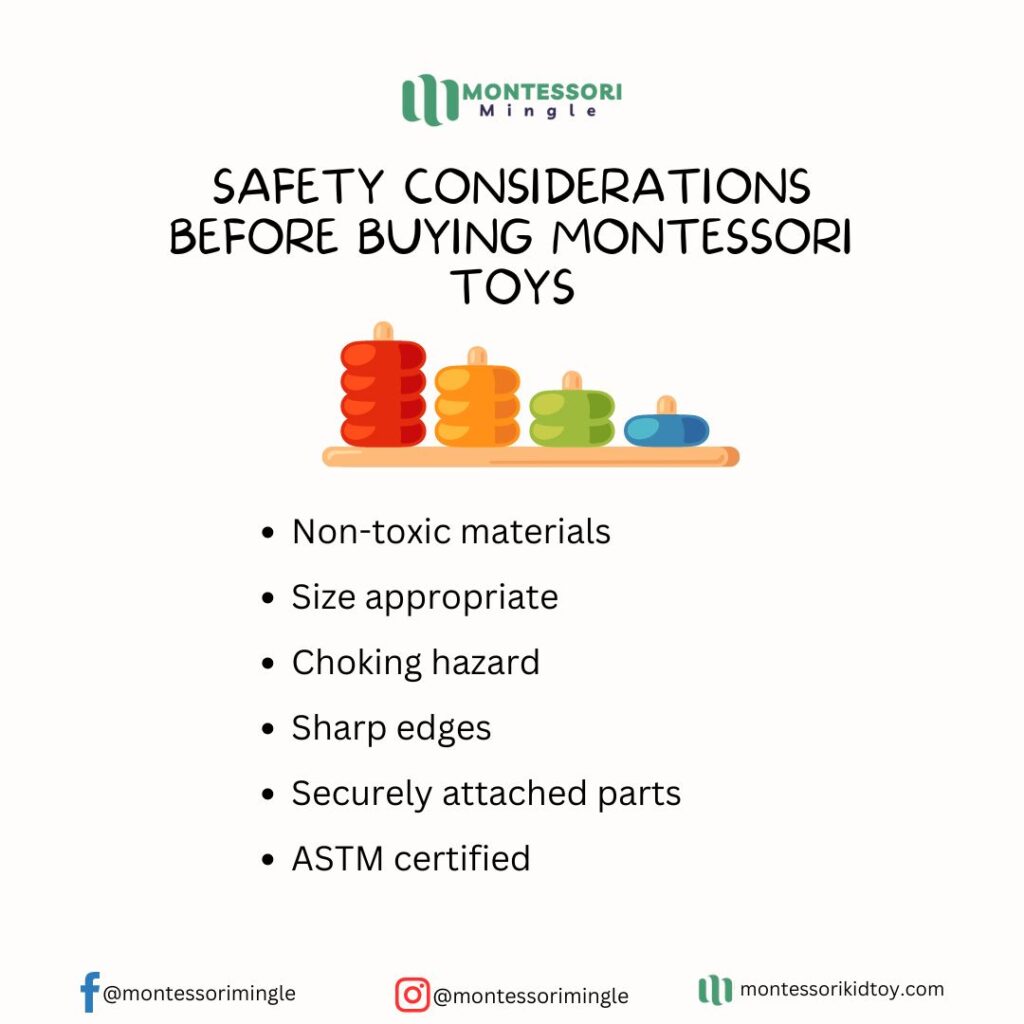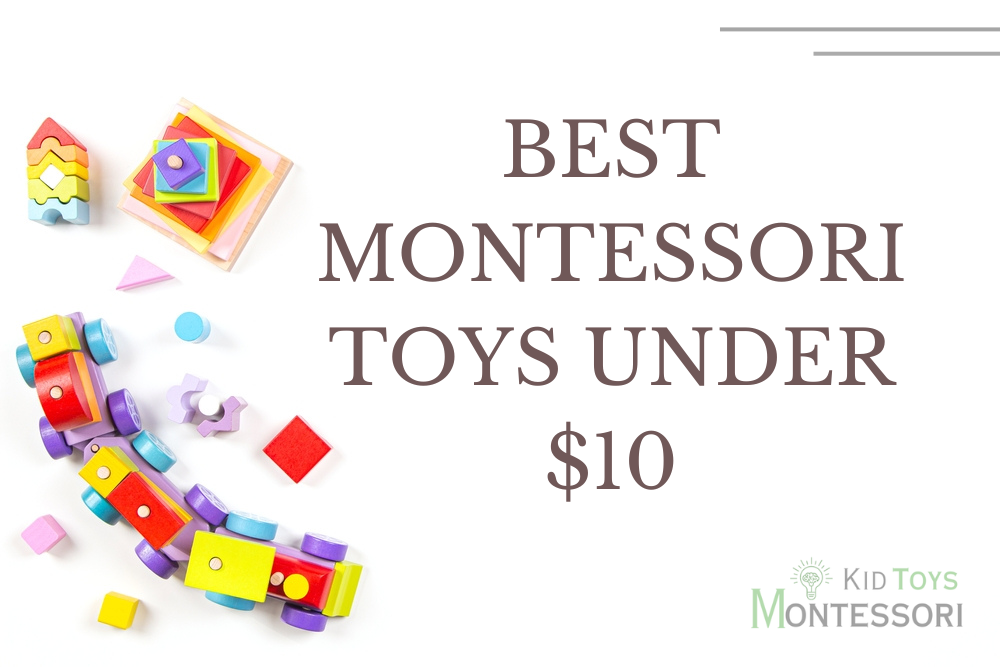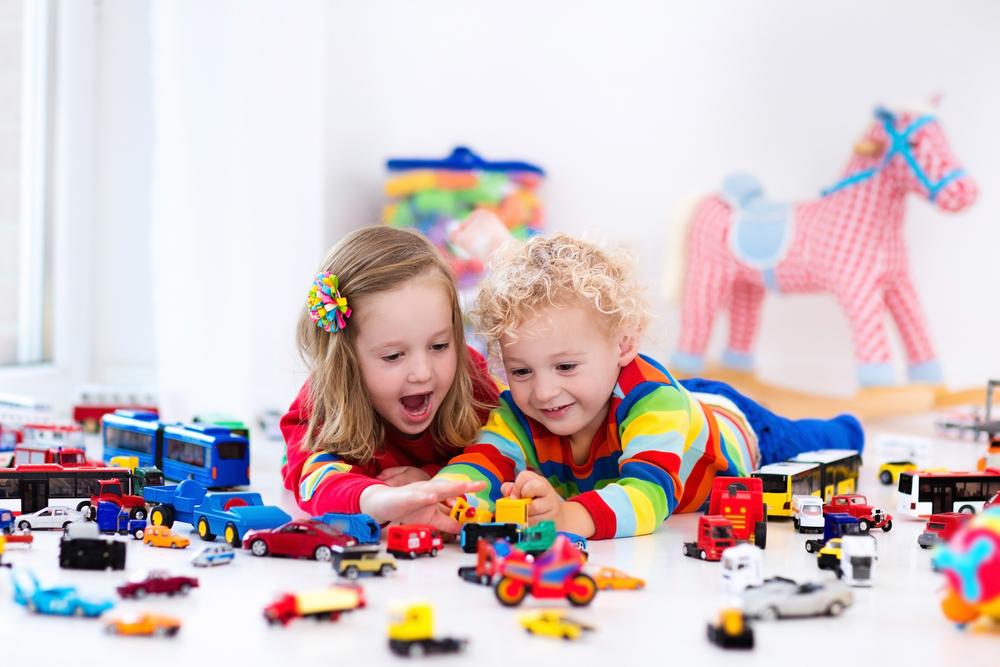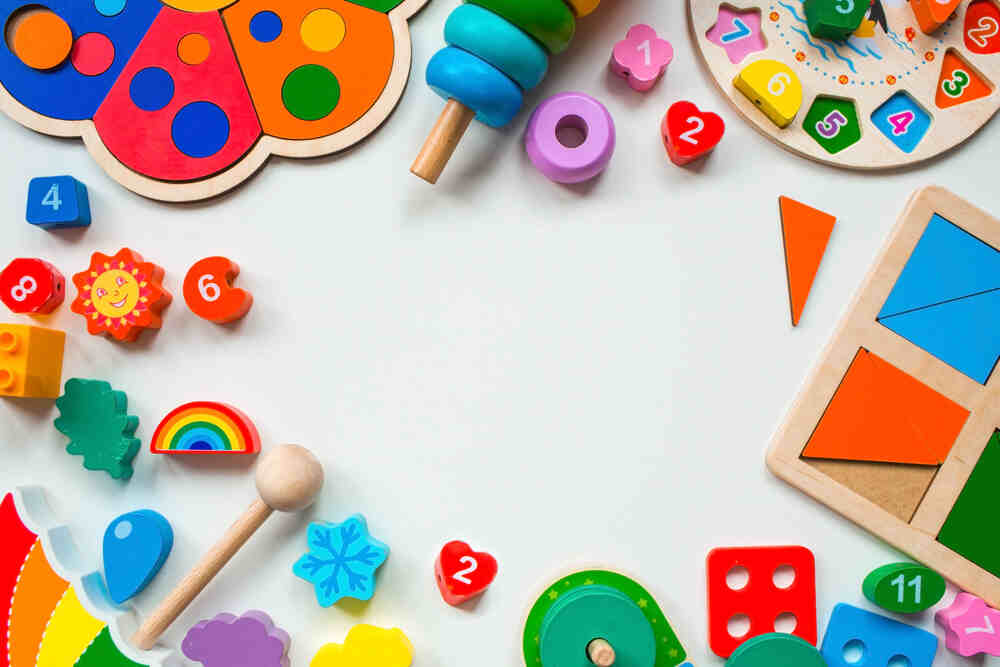Creating a Montessori-inspired decor involves thoughtful consideration of various elements to foster an environment that aligns with the principles of Montessori philosophy. Here are key factors that should be incorporated into Montessori decor:
1. Independence-Boosting Furniture:
Choose child-sized furniture that enables independence, such as low shelves, accessible toy storage, and floor beds for easy access.
2. Neutral Color Palette:
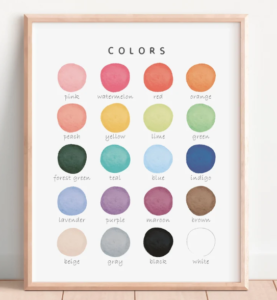

Opt for a calming and neutral color scheme. Soft, muted tones create a serene atmosphere, allowing the child to focus on their activities without distractions.
3. Natural Materials:
Integrate natural materials like wood, cotton, and wool. Keep Wooden Montessori toys in the decor. These materials not only enhance the aesthetic but also provide sensory experiences for the child.
4. Sensory-Stimulating Elements:
Include elements that engage the child’s senses, such as textured fabrics, Soft lighting, and Nature-inspired decor items.
5. Open Shelving and Storage:
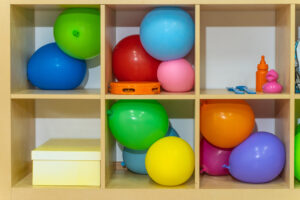

Utilize Open shelving and labeled storage solutions to encourage the child to independently select and put away toys and materials.
6. Child-Accessible Artwork:
Hang Artwork at the child’s eye level. This includes personalized creations and visually stimulating pieces that inspire creativity.
7. Nature-Inspired Decor:
Bring the outdoors inside with child-safe plants, nature-themed wall art, and decor elements that connect the child to the natural world.
8. DIY Personalized Projects:
Involve the child in creating personalized decor, fostering a sense of ownership and creativity. This could include handcrafted artwork or DIY sensory items.
9. Adaptable Furniture:
Choose furniture that can evolve with the child’s developmental stages. This ensures a lasting and purposeful use of each piece as the child grows.
10. Minimalist Approach:
Embrace a minimalist design philosophy. A clutter-free environment allows the child to focus on selected activities and promotes a sense of order.
11. Learning Centers:
As the child grows, introduce dedicated learning centers within the space to encourage focused exploration and skill development.
12. Personalized Workspaces:
Provide a Small table and chairs for the child to engage in independent activities, fostering concentration and a sense of responsibility.
13. Safety Considerations:
Ensure all furniture and decor items are child-safe and free from sharp edges or small, choking hazards.
14. Natural Lighting:
Maximize natural light to create a bright and inviting space. Position cribs and play areas near windows for a connection to the outdoors.
15. Flexible Arrangements:
Allow for flexibility in the arrangement of furniture and decor, enabling the child to explore and navigate the space freely.
By incorporating these elements into a Montessori-inspired decor, you create a nurturing and engaging environment that supports the child’s development and encourages a love for learning
Frequently Asked Questions (FAQs) about Montessori Nursery Decor
A neutral color palette creates a calming atmosphere, promoting focus and allowing children to engage with their surroundings without visual distractions.
In small spaces, prioritize essential elements like Child-sized furniture, open shelving, and minimalistic decor. Consider Multifunctional furniture to maximize utility.
While not mandatory, a Floor bed aligns with Montessori principles, allowing the child to independently get in and out of bed, promoting a sense of autonomy.
Yes, you can incorporate pops of color through decor items like Artwork, Cushions, or Toys. Just ensure the overall color scheme remains soothing and not overwhelming.
Look for affordable, second-hand furniture that can be repurposed. Engage in DIY projects using materials readily available at home to add a personal touch.
Yes, you can blend Montessori elements with other design styles to create a personalized space. Just ensure the key principles of independence and simplicity are maintained.
